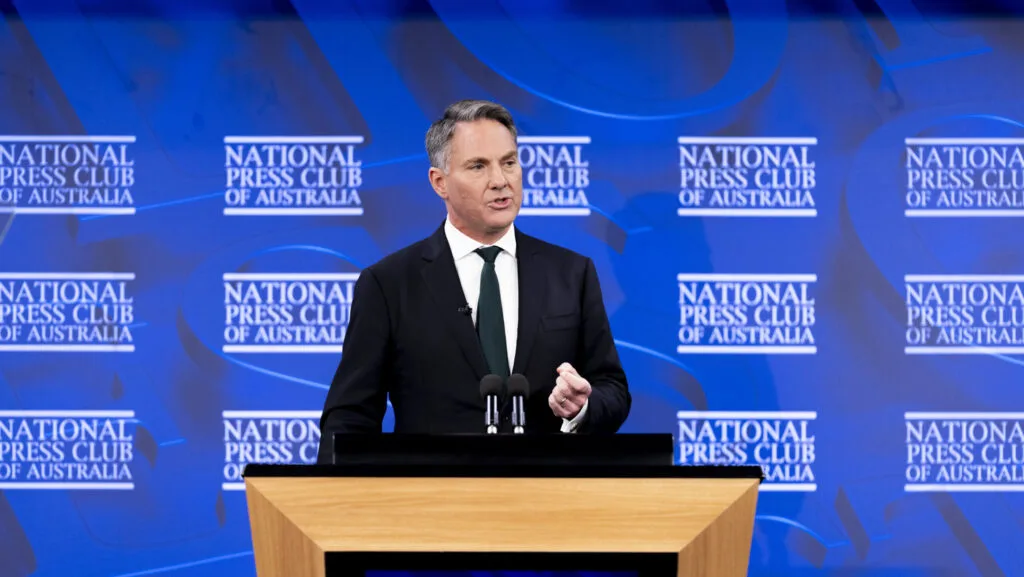Amid growing global tensions, Australia embarks on a transformative journey, reallocating AU$50 billion ($32 billion) towards reshaping its military.
This overhaul, driven by Defense Minister Richard Marles, focuses on enhancing the Australian Defense Force (ADF).
The aim is to create a robust presence in the Indo-Pacific, specializing in deterrence and amphibious operations.
The unveiling of Australia’s first National Defence Strategy alongside the 2024 Integrated Investment Program marks a transformative shift.
This strategic pivot responds to intense U.S.-China rivalry and the pressing need to safeguard trade routes and regional stability.
As such, these policies are crafted to fortify Australia against indirect threats rather than direct invasions.

A core element of this strategy is bolstering naval power, underscored by the induction of nuclear-powered submarines via the AUKUS pact with the U.S. and U.K.
This development complements a broader “strategy of denial,” which thwarts external coercive efforts.
Complementary investments include AU$5.7 billion allocated over four years for advanced missiles and autonomous systems.
Financial adjustments will see defense spending rise to 2.4% of GDP by 2034, summing to at least AU$330 billion.
This budgetary increase has ignited debates over whether the timing and amount suffice to counter immediate threats.
Strategic funding cuts are also on the table, such as canceling a squadron of F-35 jets and scaling back on other military procurements like the Redback Vehicles and Joint Supply Ships.
These reductions are strategic, channeling funds towards new technological advancements that align with the revised defense objectives.
Reinventing Australia’s Military for a New Era
Despite the ambitious nature of this strategy, its practicality and clarity remain under scrutiny.
Critics, including Andrew Hastie, challenge the government’s vague plans, seeking more clarity on their impact on security.
As Australia navigates this key realignment, its new military strategy will significantly impact its regional standing and security.
This strategy readies Australia for future conflicts and maintains its global prominence, adeptly managing geopolitical changes with strategic insight and improved military strength.

